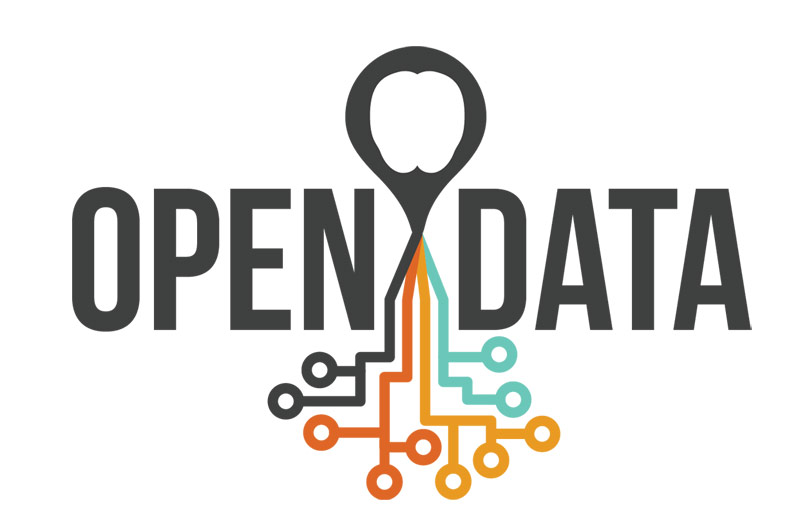A friend sent me a note the other day, in response to a previous post, pushing back on the topic of open data, and asking some good questions about its impact and usage; in particular one bit stood out:
The trend line certainly seems towards having open, machine readable data as the default in the next few years. The focus is often put on creating some sort of mega-dashboard (or suite of slick app dashboards) to make meaning out of that un-analyzed data. Yet if I wanted to tackle those sorts of general management questions I would look to Moody’s / Fitch / S&P rating reports. So how do you ensure that this data gets effectively analyzed to drive better government decisions? Just some food for thought
This strikes at the center of the tension around open data; phrased as a question, who and what is it for? Is it for government managers, using data, visualizations, and “mega-dashboard” style views to improve performance within city hall? Or is it for civic hacker and journalists looking for an API with great documentation to use and remix into compelling interfaces to improve citizens’ quality of life or expose governmental impropriety? Or is it for the average citizen, interested only in a quick snapshot of city performance and maybe a few pieces of key data that’s relevant to her that day? Each of these is a distinct persona, which may likely come with very real, very distinct design requirements.
We need to move away from a perspective where open data is just a box we check (or an attachment we forward), and instead open data is a core element of each agency’s business strategy…
We have as a community looked at “open data” as a singular institution within governments. One portal, one strategy. The open data ecosystem is far more complex. What we have are many needs, different users, and unexpected outcomes. We need to move away from a perspective where open data is just a box we check (or an attachment we forward), and instead open data is a core element of each agency’s business strategy; the performance management group should be creating open data powered reports, charts, and graphs; community engagement teams should be writing open API docs and attending hackathons to improve them; and the communications shop should be telling compelling stories with data through the blog, social media, website, etc.
Indeed, this is what’s happening. Consider New York City, under the Bloomberg administration: they typified this multi-pronged approach to data. Mike Flowers, the Chief Open Analytics Officer in NYC, had a business imperative to use data to optimize service delivery, so he put the data to work. Separately, Andrew Nicklin, the open data evangelist, championed the data portal and created resources for developers. And Rachael Hoat, the Chief Digital Officer, built a best-in-class city website relying extensively on open data to make the site relevant and uniquely NYC. That’s the picture of an institution using data across the board, not just in one silo.
Open data is a tool, and is only as useful as the person holding it. Best to put it in as many hands as possible. It’s time we move beyond considering open data as its own institution, towards considering it as an asset for every organization within the institution we call government.

